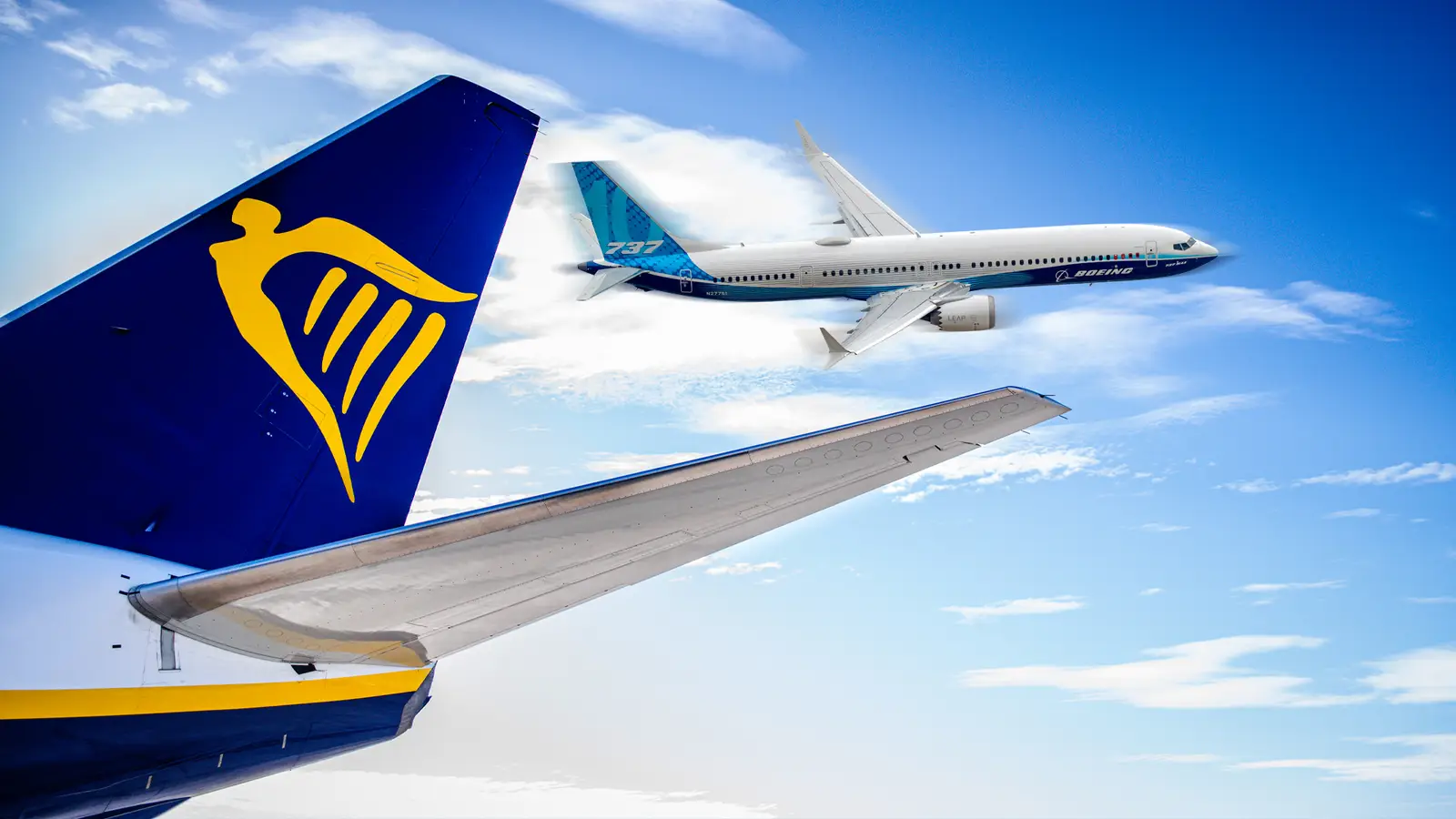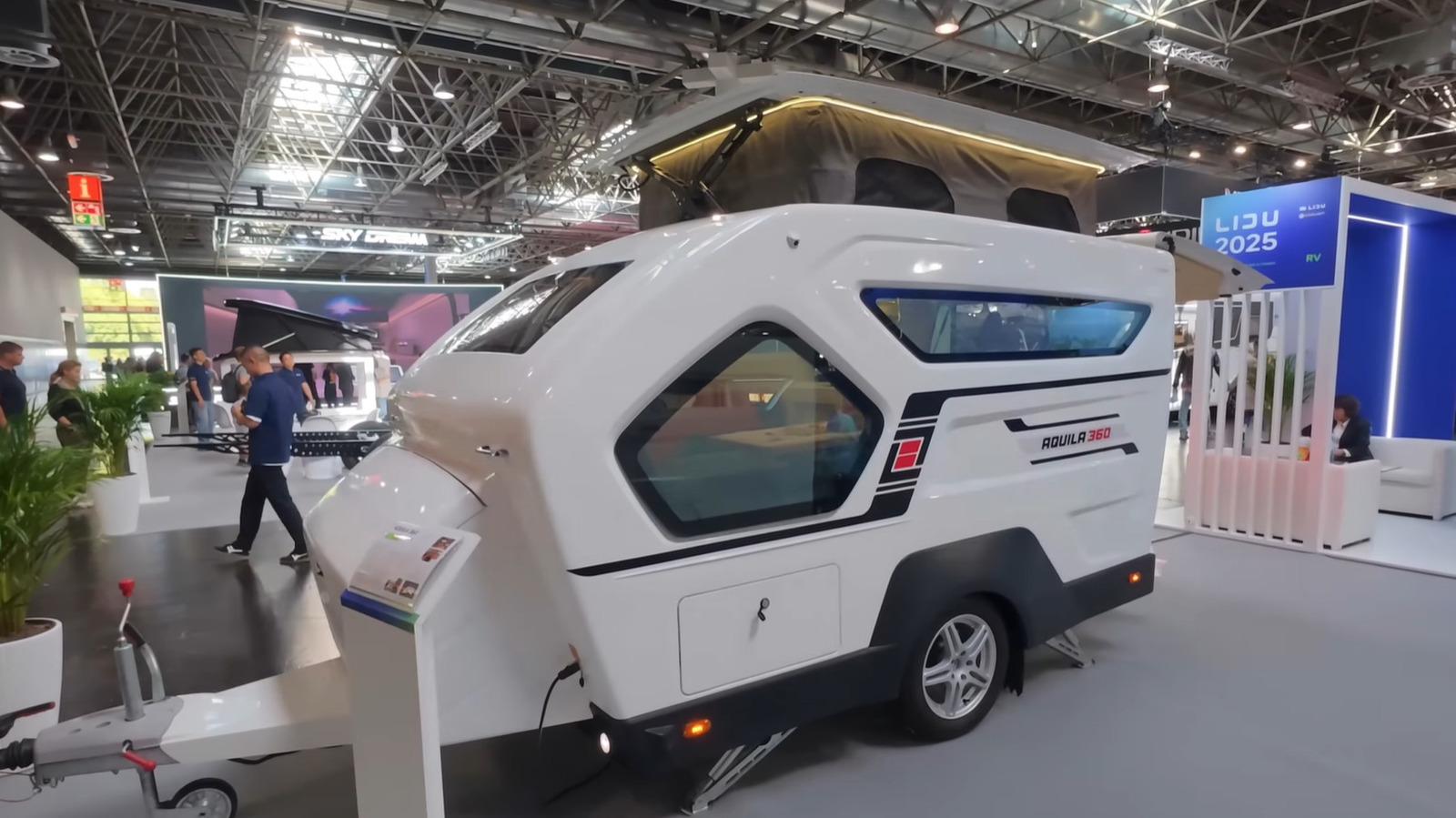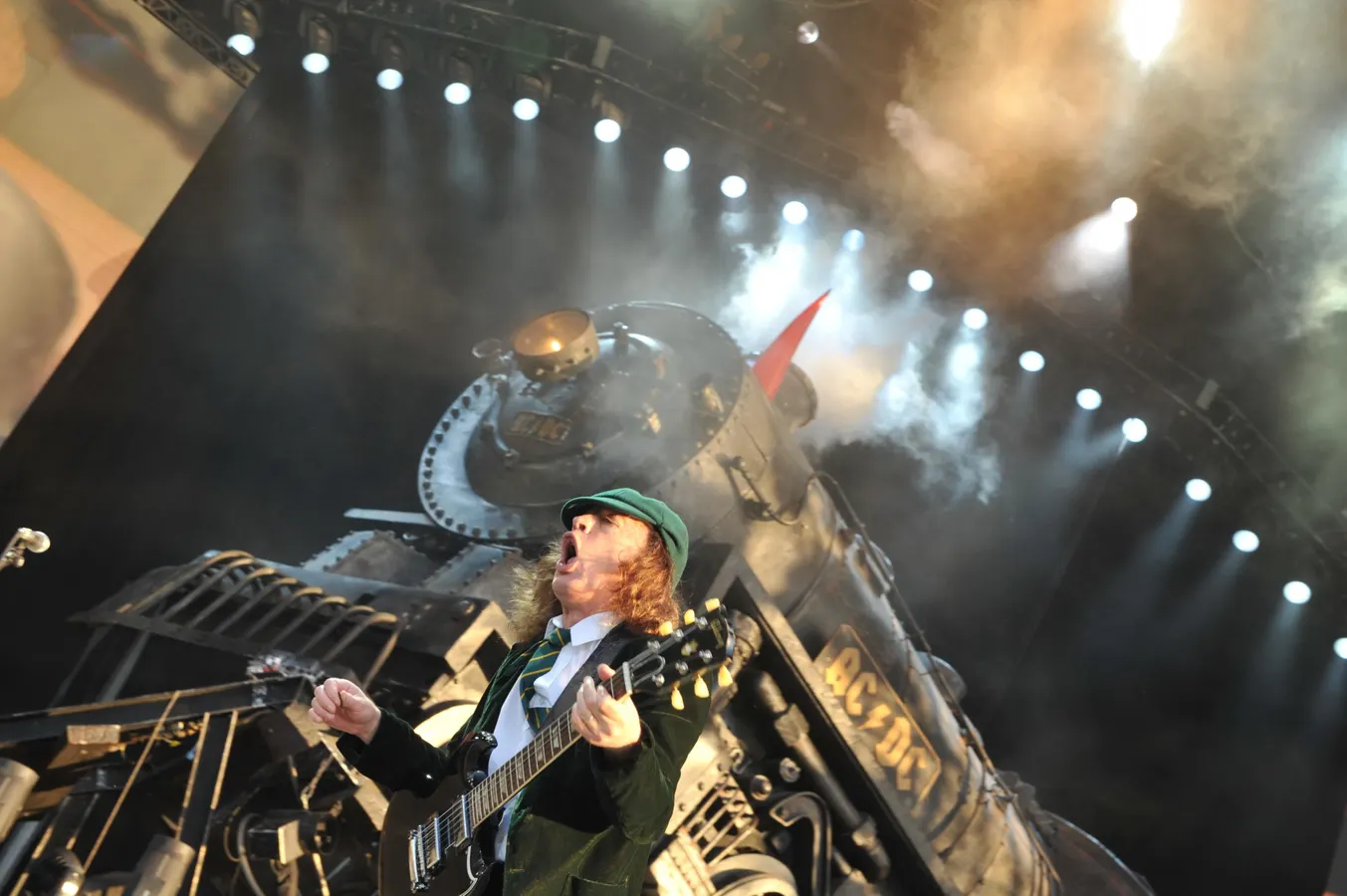Copyright Simple Flying

The commercial aviation industry has evolved drastically over the years. The once highly regulated sector has become a competitive global market where efficiency and cost control often determine success for airlines around the world. A major factor in this development is the introduction of new generations of narrowbody aircraft, which can fly farther, burn less fuel, and open new markets that were once reserved for larger aircraft. The introduction of the Boeing 737 MAX marks another turning point in this evolution, especially as Boeing begins to certify the entire family of this powerful aircraft, including the 737 MAX 10. Carriers around the world have adapted properly to the shift in aircraft offerings. This includes the famous Irish airline known as Ryanair. This popular airline built its business model on low costs, high utilization, and relentless efficiency. To achieve this, Ryanair has historically operated a single-type fleet of Boeing 737s and has become a model for low-cost carriers. Ryanair will take advantage of new technology in narrowbody aircraft, especially as it has an order for 150 of the yet-to-be-certified Boeing 737 MAX 10. Let's take a closer look at how Ryanair is preparing for the arrival of this new aircraft, even though it has not yet been certified. How Ryanair Is Preparing For the Boeing 737 MAX 10 Ryanair has already begun preparations for the eventual arrival of its 150 Boeing 737 MAX 10s. After the aircraft is officially certified by regulators, Ryanair is expecting to see the first 15 of its 737 MAX 10 fleet arrive in spring 2027. Although this is still over a year away, the airline has already shifted into high gear to prepare for the arrival. According to recent reports, Ryanair has recently begun building to support its infrastructure. Specifically, this includes building its pilot pool to ensure the new type is ready for seamless integration into the airline's fleet. In a recent briefing, Ryanair officials stated that the airline will need to accelerate cadet and first officer training recruitment over the next three years. Specifically, Ryanair has committed to an investment of approximately €25 million ($28.8 million) per year. This investment will allow for the budget carrier to provide extra training that will raise the first officer crew ratios. Ryanair is thus not only hiring pilots for the immediate future but is deliberately planning a pipeline of promoted talent for the larger and more efficient MAX 10 fleet. Overall, the Irish carrier is building a deep internal talent pipeline. This will ensure that the airline will not only secure a new aircraft type, but also make sure that the people and processes behind it are already in place. This substantial commitment is also hedging against another possible bottleneck that is common in the aviation industry, having suitably qualified crew when the new aircraft arrives. A Closer Look At The Ryanair Fleet Historically, Ryanair has operated a fleet of only narrowbody aircraft, typically of the Boeing 737 family. However, according to ch-aviation, the airline recently acquired 23 Airbus A320-200s via wet lease. These aircraft, leased from Lauda Europe, have an average age of just over 18 years. This fleet of Airbus A320s was acquired to help Ryanair continue to support growth after being unable to get competitive pricing from Boeing for new 737 aircraft. Overall, according to ch-aviation, Ryanair operates a fleet of 623 total narrowbody aircraft. Beyond the leased Airbus A320s from Lauda Europe, the rest of the airline's fleet is from the Boeing 737 family of aircraft. The airline's fleet includes the following aircraft: The lone Boeing 737-700 that Ryanair operates is wet leased from Buzz and is approximately 26.84 years old. However, the rest of the Ryanair fleet is much newer, as the Boeing 737 MAX 8s have an average age of just 2.8 years and the Boeing 737-800s have an average age of 13.2 years. The 737 MAX 8s in the Ryanair fleet were specifically designed for the airline, as they are a high-density version of the 737 MAX 8. This variant can seat up to 200 passengers, which is more than the standard 737 MAX 7 and is achieved by adding an extra pair of emergency exit doors. Ryanair also has an active order for 150 737 MAX 10s and has 6 737 MAX 8-200s that have yet to be delivered. Where Ryanair Flies Its Unique Narrowbody Fleet Currently, Ryanair operates one of the most extensive networks in Europe. Overall, the Irish low-cost carrier flies to over 240 destinations across more than 40 countries. However, unlike other major carriers, Ryanair does not rely on a traditional hub-and-spoke operation. Instead, the airline uses a point-to-point model, which connects a wide variety of regional airports directly across the continent. Even so, the airline still flies from many operating bases in its network. This includes the following airports: Overall, Ryanair's extensive route network is one of the most accessible in all of Europe. The destinations offered include a mix of major cities and leisure-oriented locations. Additionally, many of Ryanair's routes also connect with smaller regional airports that may be located farther from major city centers. This helps lower operating costs, as operating from smaller airports typically has lower costs, which leads to cheaper fares for passengers. Overall, this approach makes Ryanair particularly appealing to budget-conscious travelers seeking affordable travel options across Europe and nearby regions. The Introduction Of The Boeing 737 MAX Series The Boeing 737 family is one of the most successful airliner series of all time. The 737 MAX series is the fourth generation in this series, and is considered to be one of the most advanced narrowbody aircraft of modern times. The 737 MAX family succeeds the 737 Next Generation (NG) series, and it includes the 737 MAX 7, MAX 8, MAX 9, and MAX 10. The MAX series competes directly with the Airbus A320neo series, which originally offered better fuel economy and operating efficiency than the 737 NG family. After Airbus was seeing record orders for its A320neo aircraft, Boeing decided to launch a new series of the 737 family, which would meet or exceed the range of the Airbus A320neo while burning less fuel. Boeing officially launched the program in August 2011. The new family, later designated the 737 MAX, included several improvements, including upgraded engines. It also incorporated advanced composite materials, which were initially developed for the Boeing 787 Dreamliner program. The first 737 MAX, a MAX 8 that was nicknamed the Spirit of Renton, was rolled out of Boeing's Renton, Washington, factory in December 2015. The first 737 MAX conducted its maiden flight shortly after, in January 2016. The aircraft achieved type certification by the Federal Aviation Administration (FAA) in March 2017, and deliveries began the following May. Malindo Air introduced the aircraft into commercial service, flying from Kuala Lumpur International Airport (KUL) to Singapore Changi Airport (SIN) on May 22, 2017. Since then, Boeing has produced over 2,000 aircraft for global carriers around the world. According to ch-aviation, the largest operators of the Boeing 737 MAX include: The Major Design Features And Performance Specification Of The Boeing 737 MAX Series Overall, the Boeing 737 MAX series was designed to directly compete with the Airbus A320neo. Boeing designed the 737 MAX to match the A320neo's fuel-burn advantage. To achieve this, Boeing incorporated two CFM International LEAP engines, which can each provide the aircraft with nearly 30,000 pounds of thrust. These larger engines required Boeing to raise the nose gear of the 737 MAX and place the engine higher on the wing. Overall, this helped the 737 MAX 10 achieve the following performance specifications: Boeing also added several other aerodynamic changes to the aircraft. This includes a split tip winglet, which is designed to reduce vortex drag and improve fuel efficiency. Other upgrades include a redesigned tail cone, revised auxiliary power exhaust, and an aft body vortex generator removal. The 737 MAX featured a similar fuselage to earlier 737 aircraft. This means that the smallest variant, the 737 MAX 7, can seat a maximum of 172 passengers. However, in a two-class configuration, the aircraft typically seats around 153 passengers. The largest variant, the 737 MAX 10, can seat a maximum of 230 passengers or 240 passengers in a two-class configuration. Which Airlines Will Operate The Boeing 737 MAX 10? The 737 MAX 10 is the largest offering in the Boeing MAX family. Several airlines around the world pressured Boeing to develop a stretched variant, slightly larger than the MAX 9, which is meant to compete directly with the A321neo. The 737 MAX 10 officially launched in June 2017, and it received nearly 250 orders from 10 airlines around the world. United Airlines responded by converting 100 aircraft to the 737 MAX 10 from its 161 orders for the 737 MAX 9. By the end of the 2017 Paris Air Show, Boeing received over 360 orders for the 737 MAX 10. Since then, Boeing has been working to achieve type certification of the new aircraft variant. Recently, the airliner manufacturer pushed back the certification date to 2027. The delays with the aircraft type's certification come from safety issues with the aircraft's engine anti-ice system. Even so, Boeing expects to begin deliveries with the launch customer, WestJet, in 2027.



